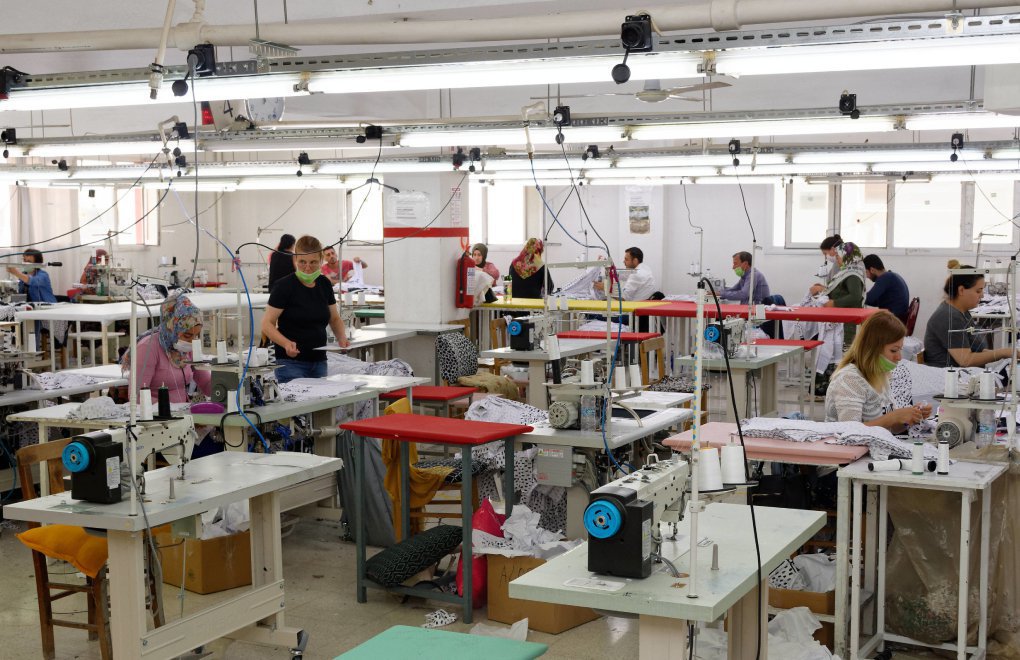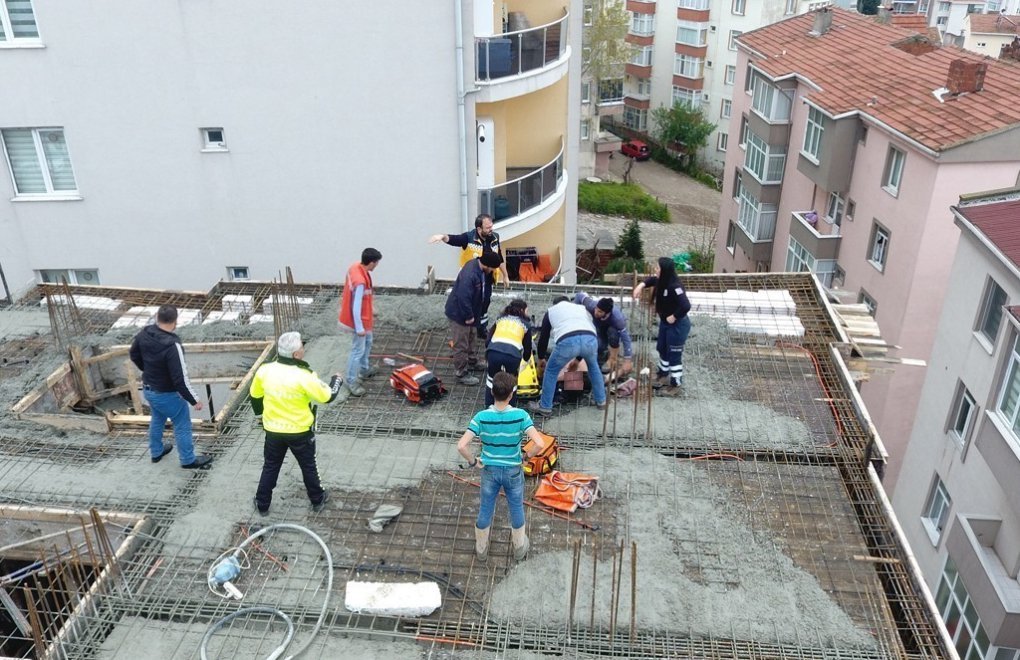Click to read the article in Turkish / Kurdish
At least 1,400 workers lost their lives due to novel coronavirus (COVID-19) in Turkey in 2 years, according to the report of the Health and Safety Labor Watch (İSİG) marking the second year of the pandemic. While 146 of the deceased workers were women, 1,254 were men.
The report has shown that while at least 14 workers died of COVID-19 in March 2020, 105 workers lost their lives in April, 30 workers lost their lives in May, 13 workers lost their lives in June, 16 workers lost their lives in July, 57 workers lost their lives in August, 52 workers lost their lives in September, 53 workers lost their lives in October, 162 workers lost their lives in November and 242 workers lost their lives in December 2020.
In 2021; 81 workers died of COVID-19 in January, 38 workers died in February, 36 workers died in March, 136 workers died in April, 121 workers died in May, 15 workers died in June, three workers died in July, 22 workers died in August, 57 workers died in September, 37 workers died in October, 50 workers died in November and 28 workers died in December.
In 2022; 20 workers died of COVID-19 in January while at least 10 workers lost their lives due to the virus in February.
Details from the report
According to the İSİG report, while 1,196 deceased workers were wage earners, 204 were self-employed.
176 workers who died of COVID-19 (12.57 percent) were members of a union, 1,224 workers (87.43 percent) were not.
The business lines where the COVID-related occupational homicides occurred and the number of deaths were as follows:
- 514 laborers in healthcare, social services sector
- 459 laborers in trade, bureau, education, cinema sector
- 118 laborers in municipal, general affairs
- 83 laborers in defense, security sector
- 36 laborers in metal sector
- 31 laborers in textile, leather industry
- 29 laborers in transportation
- 23 workers in accommodation, recreation sector
- 18 laborers in the press, journalism
- 17 workers in agriculture, forestry
- 17 workers in petrochemistry, plastics
- 12 workers in banking, finance, insurance
- 10 workers in energy sector
- Eight workers in food, sugar sector
- Eight workers in construction, road sector
- Five sectors in communication business
- Five workers in ship, dock sector
- Four workers in tree, paper sector
- Three workers in mining sector
- Three workers in cement, soil, glass sector
- Six workers in sectors that could not be identified
The age groups of the deceased workers were as follows:
- 17 workers in the 18-27 age group
- 606 workers in the 28-50 age group
- 598 workers in the 51-64 age group
- 147 workers aged 65 and over
- 32 workers whose age could not be identified
According to the İSİG report, the highest number of COVID-19 related occupational homicides occured in İstanbul with 268 losses of life.
İstanbul was followed by Ankara with 75 losses of life, by Kocaeli with 74 losses of life, by İzmir with 61 losses of life, by Bursa with 53 losses of life, by Mersin with 42 losses of life, by Hatay with 40 losses of life, by Antep with 38 losses of life, by Konya with 36 losses of life, by Diyarbakır and Kayseri with 34 losses of life each and by Adana with 30 losses of life. No COVID-19 deaths among workers was reported from Muş and Şırnak.
'"At least" because access to data is limited'
Commenting on the data, the İSİG has noted that the findings in the report were acquired from the national press by 42 percent and from the colleagues and families of the deceased workers, professional medical organizations, unions and local press by 58 percent.
Regarding why they say "at least" in its reports, the İSİG has reasoned that the access to information sources is limited. It has underlined that these deaths have not been announced by the state, adding that "it is naturally highly difficult to access the identity information."
İSİG has then moved on to share the following example:
"We have been able to detect 16 COVID-19 deaths among agricultural workers and one death among farmers so far. In fact, occupational homicides in the agricultural sector normally account for an average of 20 percent of deaths in our other reports. There are also no deaths of migrants that we know. In fact, nearly 10 percent of Turkey's working population are migrants.
"Similarly, we have been unable to access information regarding some provinces. So, COVID-19 related deaths among workers must be much higher. We may think that the number of deceased workers is several times (5-6 times) the deaths that we could detect."
TheHealth and Safety Labor Watch has noted that the rate of COVID-19 deaths among retired workers has increased following the omicron variant, saying, "This is the major indicator of the fact that COVID-19 is a working class (employee+pensioner) disease." (HA/SD)







